6.5 Special
2009
Acrylic
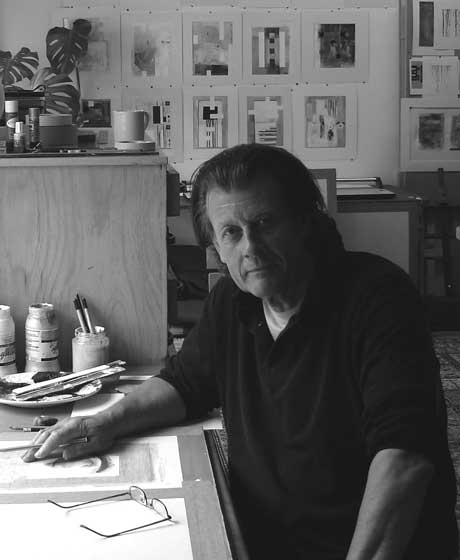
The paintings are invariably “frontal”, that is that layers sit flat as planes across the picture area, across a screen. The image, whatever its subject, confronts us square on and competes with layered squares and rectangles which partially obscure it. The conventions for a pictorial spatial composition are set up but are then denied by a grid set over (an order holding the forms in place). Areas are then blocked out.
The task is to find a balance between what should remain, that is how much of the image is revealed, and what is concealed. Set between the image and the competing abstract forms are skeins of paint acting as veils making the reading of the image unclear, as something half seen, implied or barely visible at all. The work should find a point on the edge of recognition, where it teeters at the brink of legibility. An exchange between abstraction and realism is established.
I am interested in erasure, but not deletion without trace, but in a process that reveals a narrative backwards and forwards, an unfolding of changes, the mingling of image and medium, editing and layering. This rendering of overlay can be called palimpsest.
Our experience of the world as we observe it can be fragmentary, partial and interrupted and frequently and increasingly seen through “windows”, or the frames of cyberspace, computer screens and a myriad of technologies employing virtual portals to structure everyday consciousness. The 3-dimensional visual world that we inhabit no longer dominates but simply exists alongside this barrage of other visual material. The work attempts to present a distilled compound of this visual information positioned in juxtaposition to responses to the real and observed world. The squares that sit over or within the image could refer to pixels or icons. I think of the “bar graph” as representing compressed portals as an abstraction of the web.
In image making only in painting are there surfaces aligned to the image, creating it, supporting or conflicting with it. In lens media the image sits behind a single unified surface. The process and the materiality of layered surfaces interests me and so too does the need to achieve a very particular vocabulary of mark. The use of metallic acrylic (copper, gold and silver) makes for a surface that is elusive, mixing shiny and matt.
I have often turned to the Dutch painters of the 17th century, Vermeer, de Hooch and Terborch, to the architecture of their compositions, the way spaces are opened up or closed, as corridors, windows, doorways and screens, and to the variety of depicted surfaces. To Rothko also; the vertical stacks of colour, the layers and veils superimposed one over the other, and our attention drawn disproportionately to the edges, furrows and margins. In addition during the making of these paintings I have referred frequently to the work of Cy Twombly, Arnulf Rainer, Peter Doig and Mel Bochner.
NB. Andrew Davey studied Fine Art in London where he lived and worked as an artist and teacher until 1984 when with Toni his wife and young family he moved to Somerset. His work as a teacher finished in 2008 and since then he has worked as an artist full time.
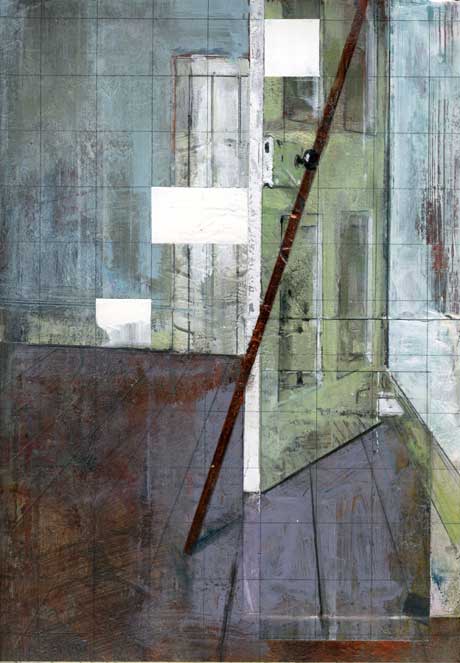
2009
Acrylic
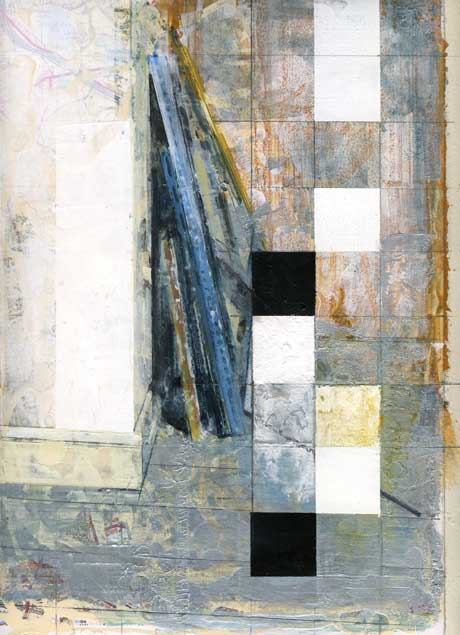
2009
Acrylic
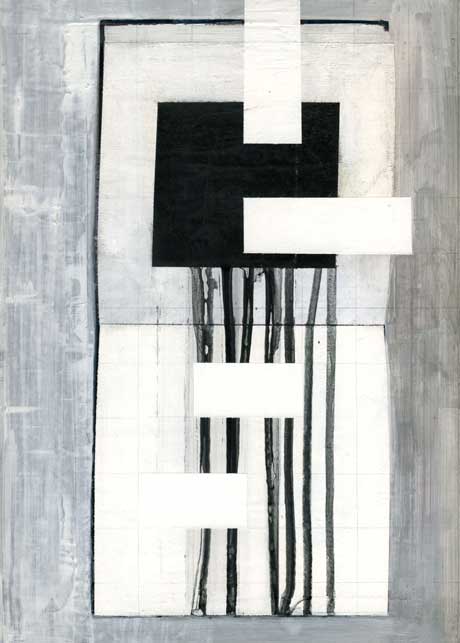
2009
Acrylic
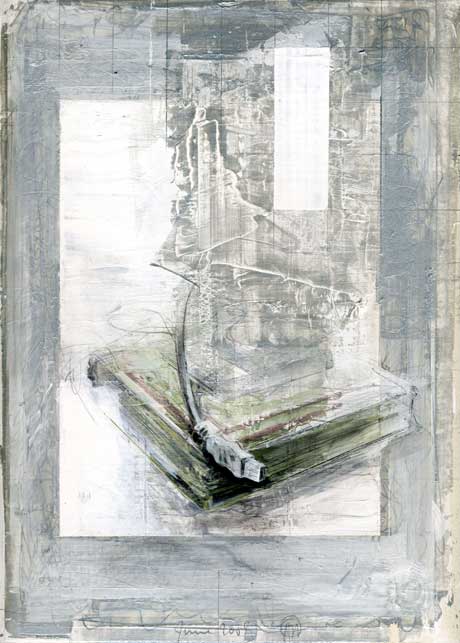
2009
Acrylic
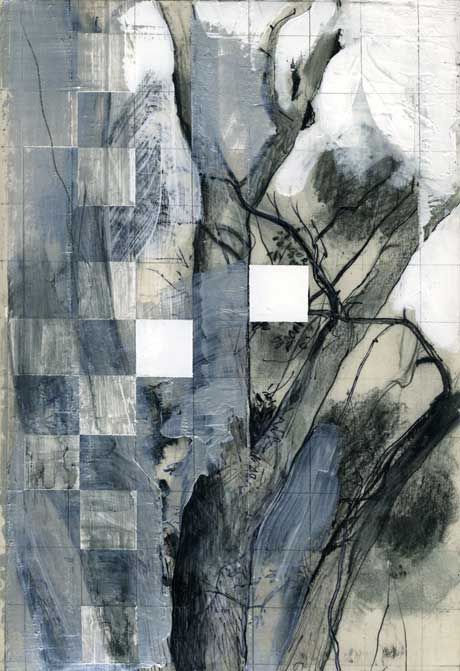
2009
Acrylic